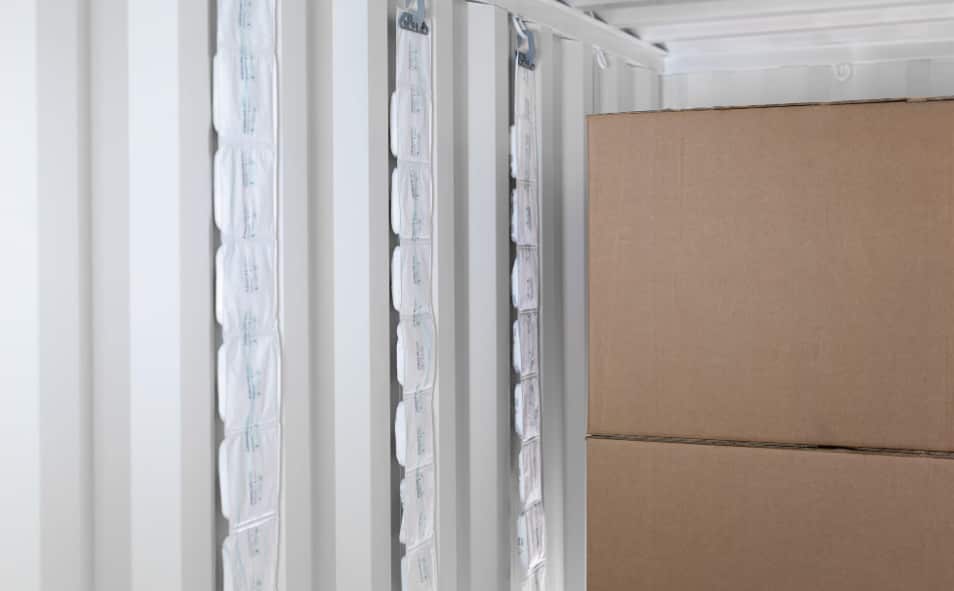In the world of freight and logistics, moisture is an enemy that can result in significant damage to goods. It can cause corrosion, mould, and mildew, leading to a substantial loss for businesses. Fortunately, we have a practical solution to this problem: the container moisture absorber. This article will offer five useful tips on how to use these devices effectively to protect your goods from moisture damage.
Tip 1: Choose the Right Absorber
The first step in moisture protection is selecting the right container moisture absorber. There are various types available in the market, including silica gel, calcium chloride, and activated alumina. Each type has its strengths and weaknesses. Consider factors like the nature of your goods, the duration of storage or transit, and the climatic conditions they will be exposed to when making your choice.
Tip 2: Proper Placement
The next tip is about the proper placement of your moisture absorber. Place it in a location where it can effectively absorb the moisture. Avoid corners or hidden areas as these might restrict airflow and reduce the effectiveness of the absorber. The goal is to ensure that the absorber is exposed to as much air as possible for maximum efficiency.
Tip 3: Use Sufficient Quantity
Using the right quantity of moisture absorbers is crucial. Too few, and they may not effectively handle the moisture levels. Too many, and you are wasting resources. The quantity needed will depend on factors such as the size of the shipping container, the type of goods, and the expected moisture levels.
Tip 4: Regular Monitoring and Replacement
Regular monitoring and replacement of your moisture absorber is vital to ensure it’s always working at its best. Over time, absorbers lose their efficacy as they absorb moisture, so they need to be replaced regularly. You can do this by checking their physical state or using humidity indicators (if available).
Tip 5: Use Quality Shipping Container Packing Supplies
The final tip is about the overall packing strategy. The use of quality shipping container packing supplies is crucial in moisture damage prevention. These supplies include pallets, wraps, and desiccant bags, which can help keep your goods dry and protected.
Conclusion
Moisture prevention in shipping containers requires a thoughtful approach and the right tools. A container moisture absorber is a key player in this process, but it needs to be used correctly to provide maximum protection. By following these tips, you can minimize moisture-related damage and ensure that your goods reach their destination in the best possible condition.
